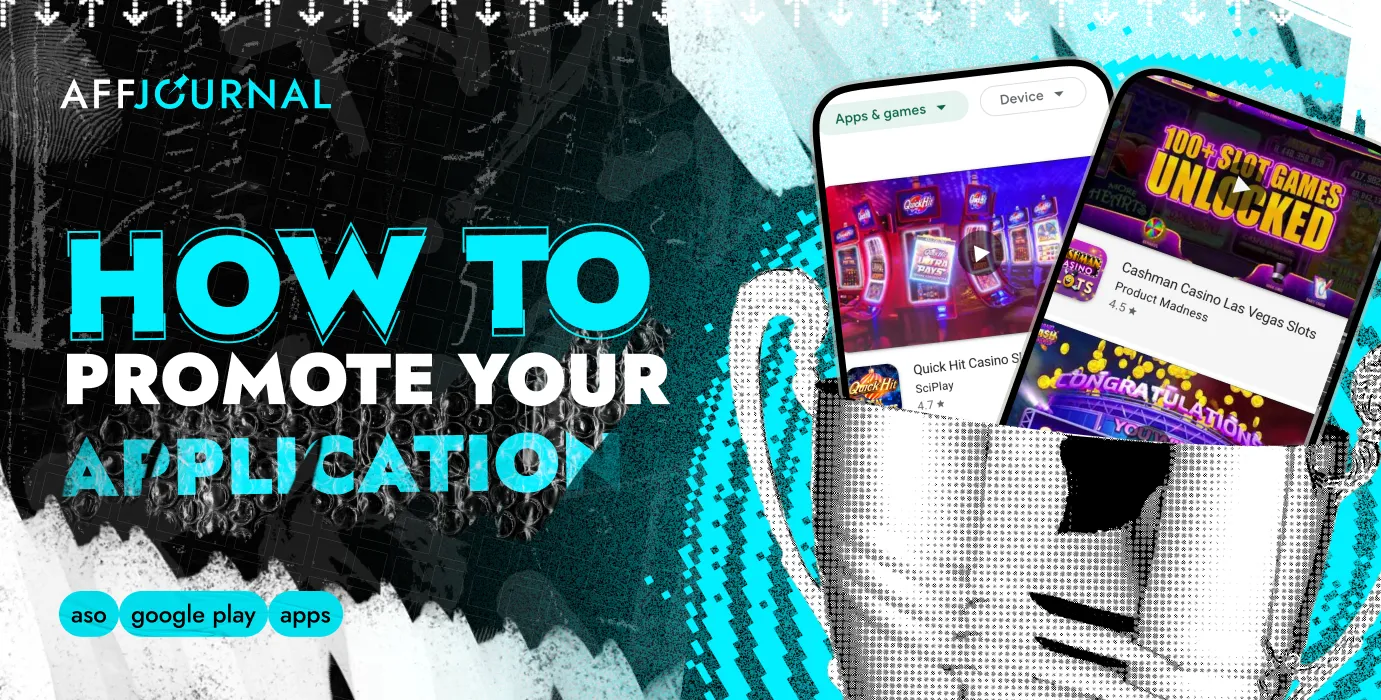

by Editor
Every year, users download hundreds of billions of applications from the App Store and Google Play. Against the backdrop of immense competition, the majority of applications end up at the bottom of search results, where nobody sees them. That's why ASO in 2023-24 is a mandatory condition for an application to make it to the TOP. Without promotion, there simply won't be any downloads. We’ll explain below how to optimize mobile applications to generate profit from them.

Effect of ASO
ASO is necessary both in commercial projects and in affiliate marketing. With its help, you can launch new applications from scratch or fine-tune those already known. If everything is done correctly, you’ll achieve the following effect from optimization:
- The application is seen by more users because it appears in the top search results of app stores;
- The recognition of the application increases, especially among the target audience. This means that the chances of downloading it over time only increase;
- You save on advertising budget. With proper ASO, you ensure organic traffic for a long time. If you simply rely on advertising, you would end up paying for each click or placement. However, it's best to combine project optimization with paid campaigns;
- Conversions from views to downloads increase. And, consequently, your profit grows. This is the most satisfying part.
Another feature of ASO is that the method can be applied to any business model. App optimization is necessary for those who promote an application by selling subscriptions and for those who have created a branded application to attract leads. In the latter case, it could be, for example, a large bank that has created its own media and transformed it into the format of an application.
Requirements of the App Store and Google Play for app design
App Store:
- Icon: 1024 x 1024 pixels, PNG or JPEG format;
- Screenshots: a minimum of 1 screenshot for each supported device (iPhone, iPad, iMac, Apple Watch). Sizes depend on the device;
- Video preview: a short video (up to 30 seconds) showcasing the main features of your app;
- Description: a brief app description, detailed description, and a list of new features in the latest update;
- Category: selecting the primary and secondary categories for the app;
- Age restrictions: set an appropriate age category;
- Keywords: up to 100 characters of keywords that users can use to find your app in searches.
Google Play:
- Application icon: 512 x 512 pixels, PNG format, without transparency;
- Screenshots: a minimum of 2 screenshots for different devices: smartphones, tablets, Android TV, and Wear OS;
- Video: a short promotional video from YouTube can be uploaded to showcase the main features;
- Description: a short and detailed description of the application, explaining its functionality;
- Category: choosing the appropriate category for the application;
- Age restrictions: set an age rating.
Developing a promotion strategy
When choosing a strategy, base it on successful competitors in your niche. Find out the keywords they use, the design of their pages, the categories in which their apps are listed, what paid advertising they use and where they buy it.
Once you've analyzed your competitors, decide whether to replicate their strategy or come up with something radically new. You can borrow some features from them that you like or believe will yield results.
In terms of page layout, icons, and avatars, it's worth trying to stand out from the crowd. This will grab users' attention, at least initially. Based on the results, you can assess the effectiveness of visuals, texts, page layout, and other elements. Therefore, A/B testing is the foundation of any ASO strategy.
Collecting the semantic core
The semantic core is the set of queries by which users will search for your application in the stores. You can collect them in various ways, for example, through AsoMobile.

Must-haves for determining the frequency and relevance of keywords in ASO include services like SensorTower, MobileDevHQ, AppCodes, or Checkaso. One thing is certain: if a competitor is already one of the niche leaders and you are just starting, go for low-frequency queries that match user intent. Competing with well-established projects for high-frequency queries is not an option. You'll be overwhelmed by competition, and the search engine will prioritize views for top projects.
Text optimization
We add queries to all the texts on the application page: in titles, descriptions, and the field for keywords, which is only available in the App Store. However, there are nuances. In the Title of the page, we add the most relevant keywords. Google Play allows up to 50 characters for this, while the App Store allows up to 30. Thus, in the title, we write the name of the app with the addition of important queries or a query.
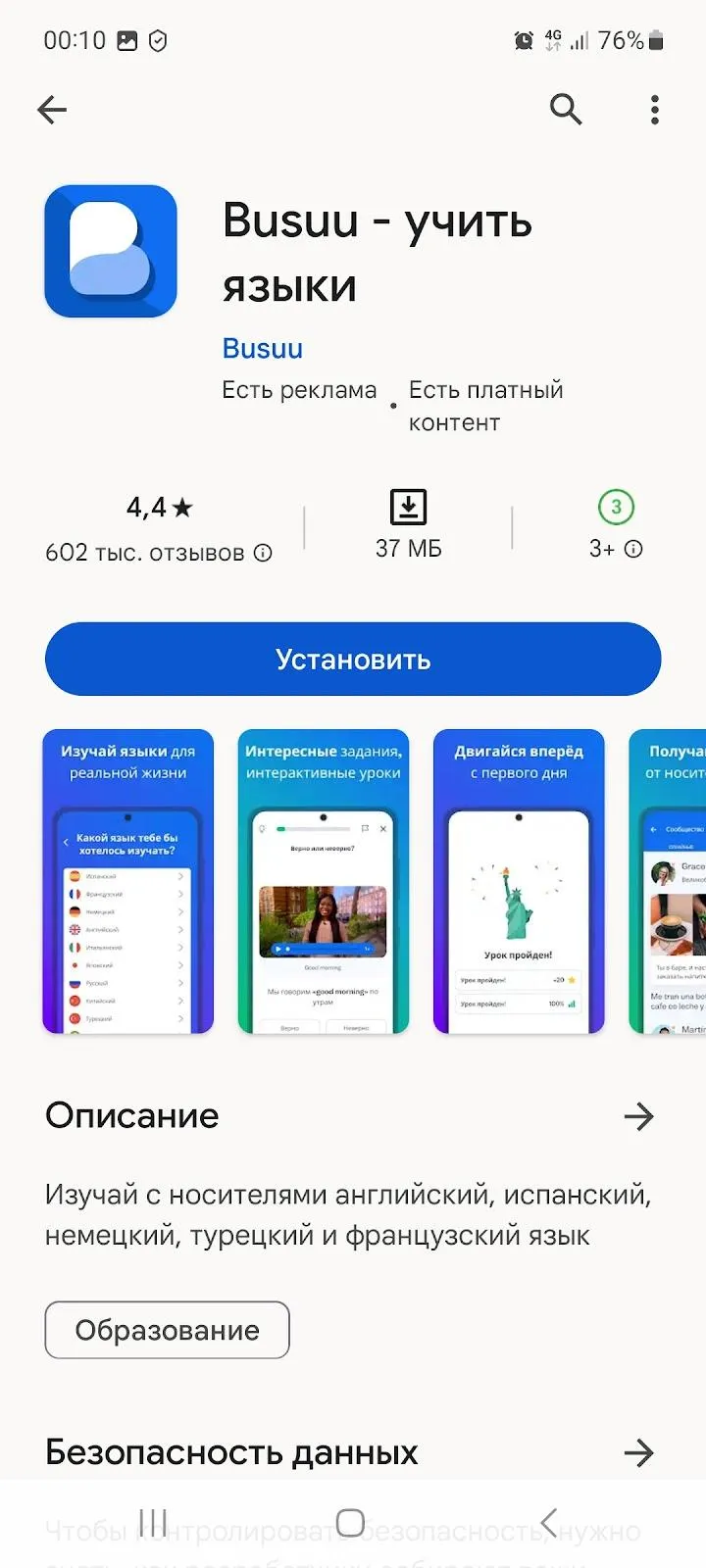
Next, we have a subtitle in the App Store. In Google Play, this is a brief description of the application in 1-2 sentences.
Then we fill in the detailed description, which will briefly tell about the application and its benefits for users. In Google Play, we add keywords there, but in the App Store, they won’t affect search positions, so don't bother.
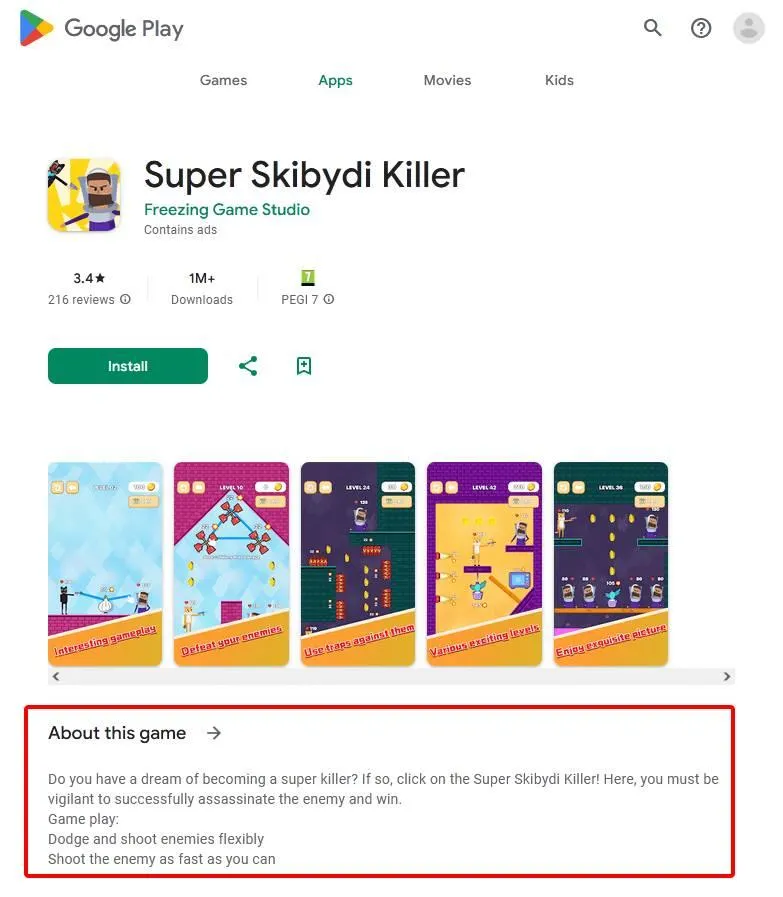
But in the Apple Store, there is a field for Apple users called keywords, where you need to enter keywords separated by commas. We have up to 100 characters allocated for this.
Visual optimization
The very first thing a user sees when encountering your application is the icon. It’s crucial because it helps distinguish your project from the gray mass of others in the search results. And after downloading, an eye-catching icon in the phone won’t allow the user to overlook the app on their smartphone.
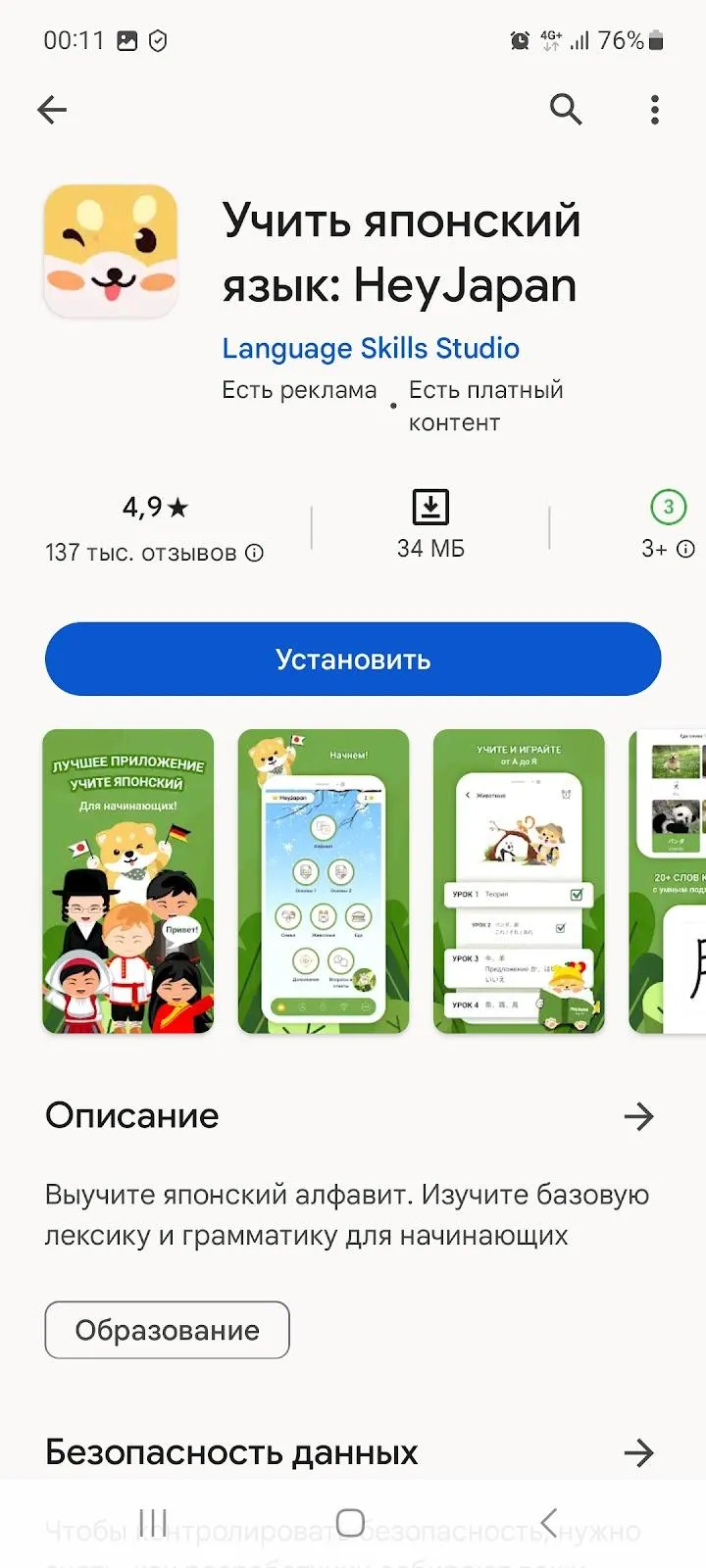
But there are several points to consider when choosing it:
- Screenshots and photos aren’t suitable for an icon in the Apple Store;
- Take into account the store's requirements for the format, size, and shape of icons;
- The key to an icon is simplicity. That way, it’ll be more memorable;
- Conduct an A/B test and see which icon results in more installs.
The next element is video. It's indispensable if you have a visually appealing game or a complex but useful application. Video is excellent for helping users get acquainted with your project.
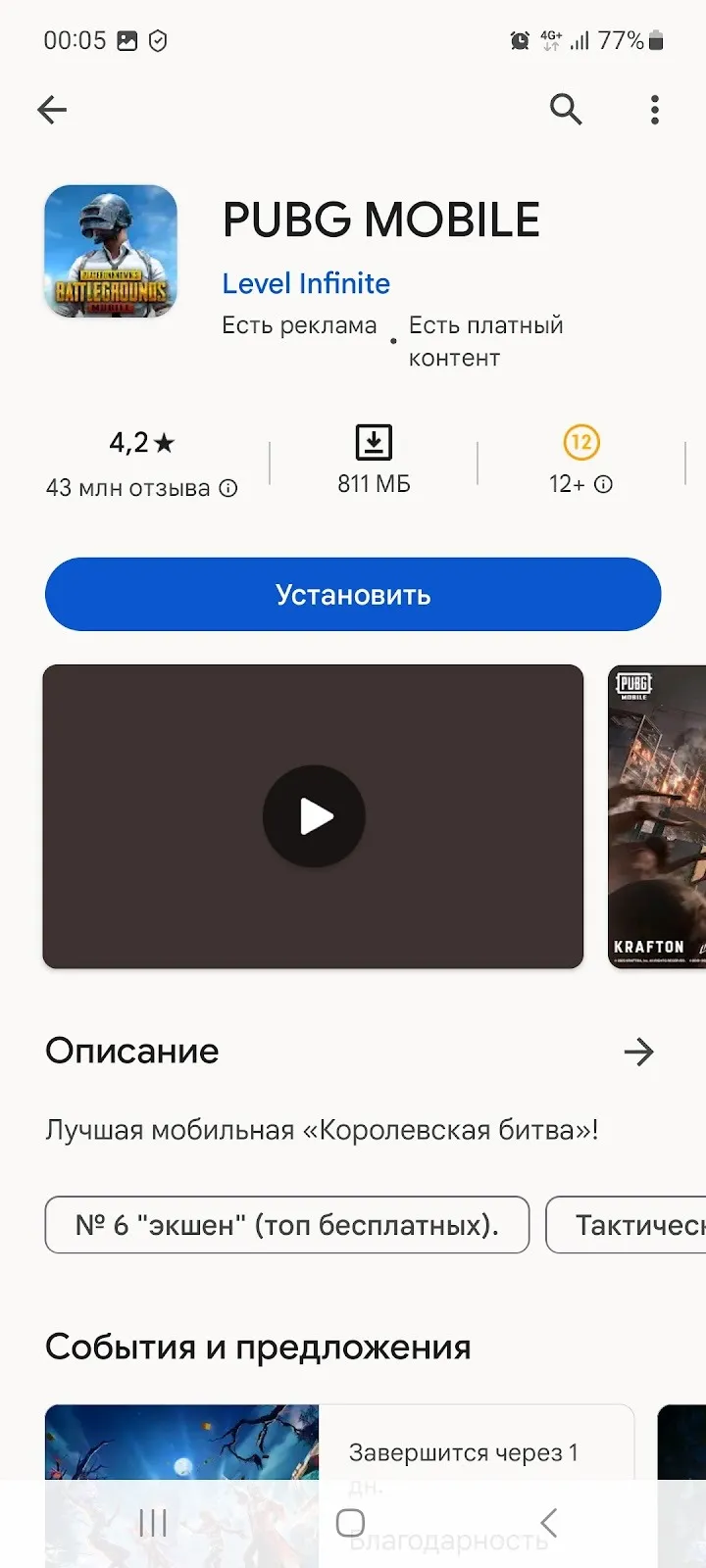
And don't forget to add screenshots of the app usage. This will provide an additional insight into its capabilities.

Working with reviews and maintaining conversions
You can understand that your ASO has worked and your application is cool not just through conversions and revenue. Don't forget to work with reviews and ratings. Respond quickly to user opinions and try to genuinely help them. This won’t go unnoticed. Moreover, it’s very valuable feedback that will help you refine the product to perfection.
However, when promoting in stores, you may encounter the following issues:
- Low conversion of views to installations. This means users visit the app page, view it, but don’t download it. Perhaps the icon and description capture their attention, but something is off with the video, screenshots, reviews, or ratings. Solving this problem requires in-depth analysis. It's not a one-day task;
- Many negative reviews. There can be various reasons for this. If the app has a complex interface and users find it challenging, help them. Respond to questions in reviews, simplify the interface, create detailed guides. If users complain about the app freezing or encountering bugs, it might be underdeveloped. Improve it and encourage people to leave positive reviews, for example, through premium access, subscriptions, or points;
- Low views compared to app impressions. Either your icon and description don't engage users, or you've entered the top rankings with the wrong keywords. For example, a shooter might appear among apps for shooting training.
Don't forget that ASO is not a one-time action. The market is constantly changing. To stay at the top, you need to constantly monitor competitors, algorithm changes, conduct experiments, and monitor metrics.
Cost of ASO
It’s impossible to accurately predict the investment in ASO in each specific case. There are too many factors, each of which is impossible to calculate. The cost of promotion will depend on:
- Geo;
- Niche and competition within it;
- Business model;
- Top-ranking strategy;
- Client's expectations;
- Optimization methods.
Therefore, the cost of ASO can range from tens of thousands of rubles for some projects, while pushing an international multilingual project to the top can cost tens of thousands of dollars.
Conclusion
In the rapidly changing mobile app market and evolving promotion methods, it’s important to consider the following points in ASO today:
- Textual and visual optimization, as before, is a must-have. So we focus on them;
- Actively work with user reviews. This feedback is the only way to continually improve the application;
- The success of promoting your project is based on three components: ASO, paid advertising, and a user-friendly interface. They need to be combined;
- Utilize platforms for mobile analytics to ensure key metrics are always at your fingertips. If you want to learn more about this, ask us;
- Make paid advertising omnichannel. Don't focus solely on banners. Engage influencers, utilize social media, and implement email campaigns.
And most importantly, keep track of changes in the mobile market. Stay vigilant. After all, ASO is a long-term game. Don't forget to conduct experiments and test hypotheses. Without that, it won't work either. Wishing you high conversions!

by Editor
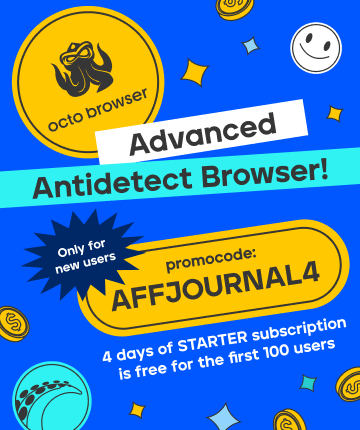

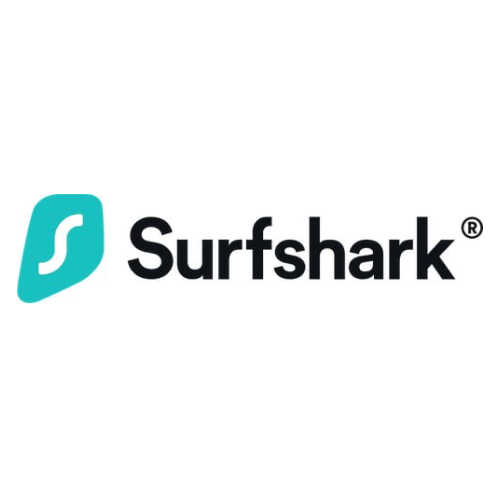
comments ....(0)
Leave a comment
You must be in to leave a comment